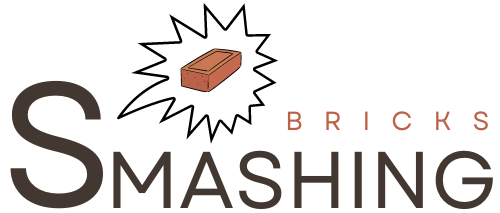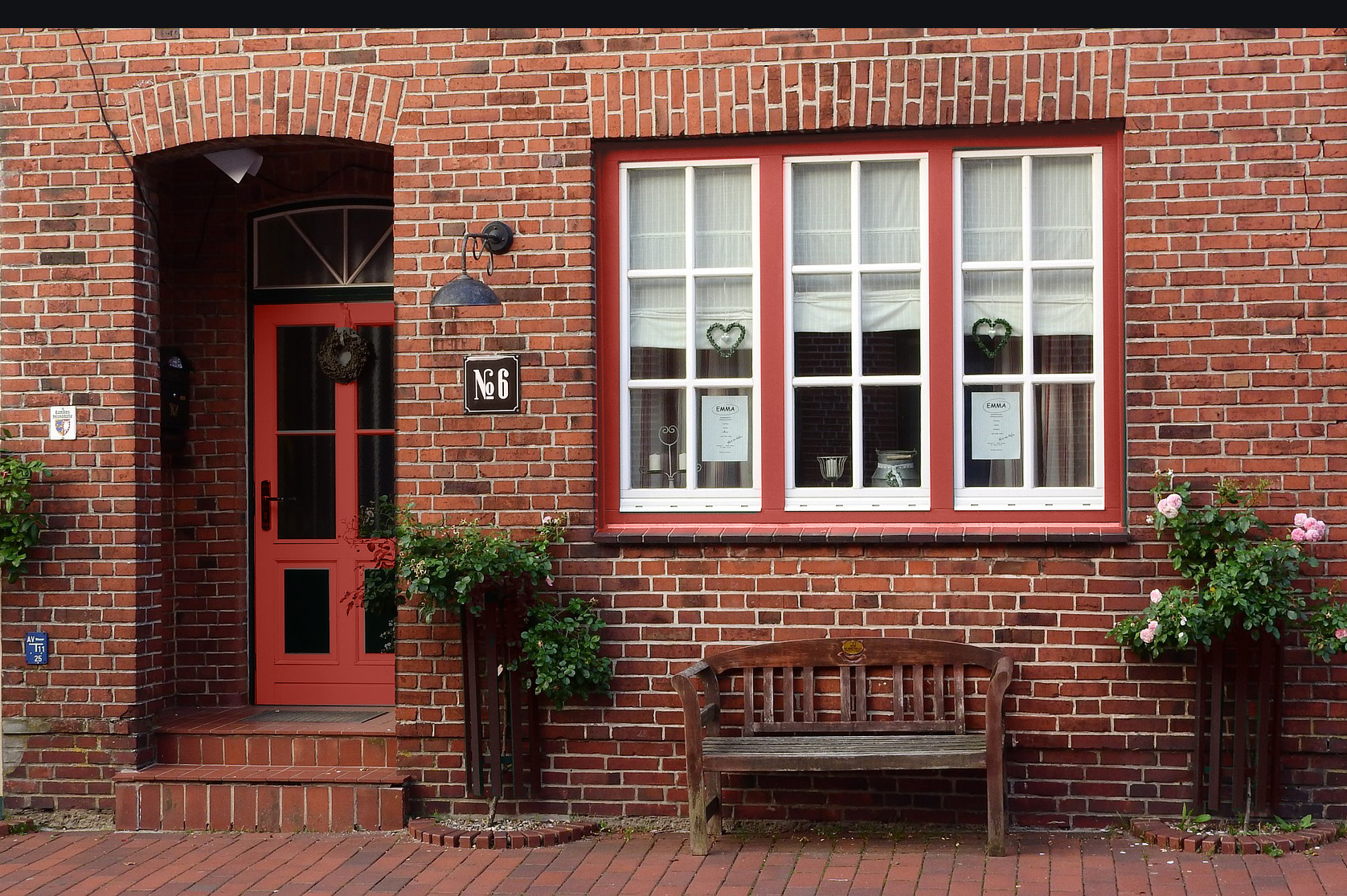Designing a brick facade is one of the most timeless ways to enhance your home’s exterior. With its durability and aesthetic appeal, brick offers a unique combination of practicality and beauty that few other materials can match.
Whether you’re renovating an old property or building a new home, a well-designed brick facade can add significant value and curb appeal. This guide will walk you through everything you need to know about designing the perfect brick facade for your home.
Why Choose Brick for Your Home’s Exterior?
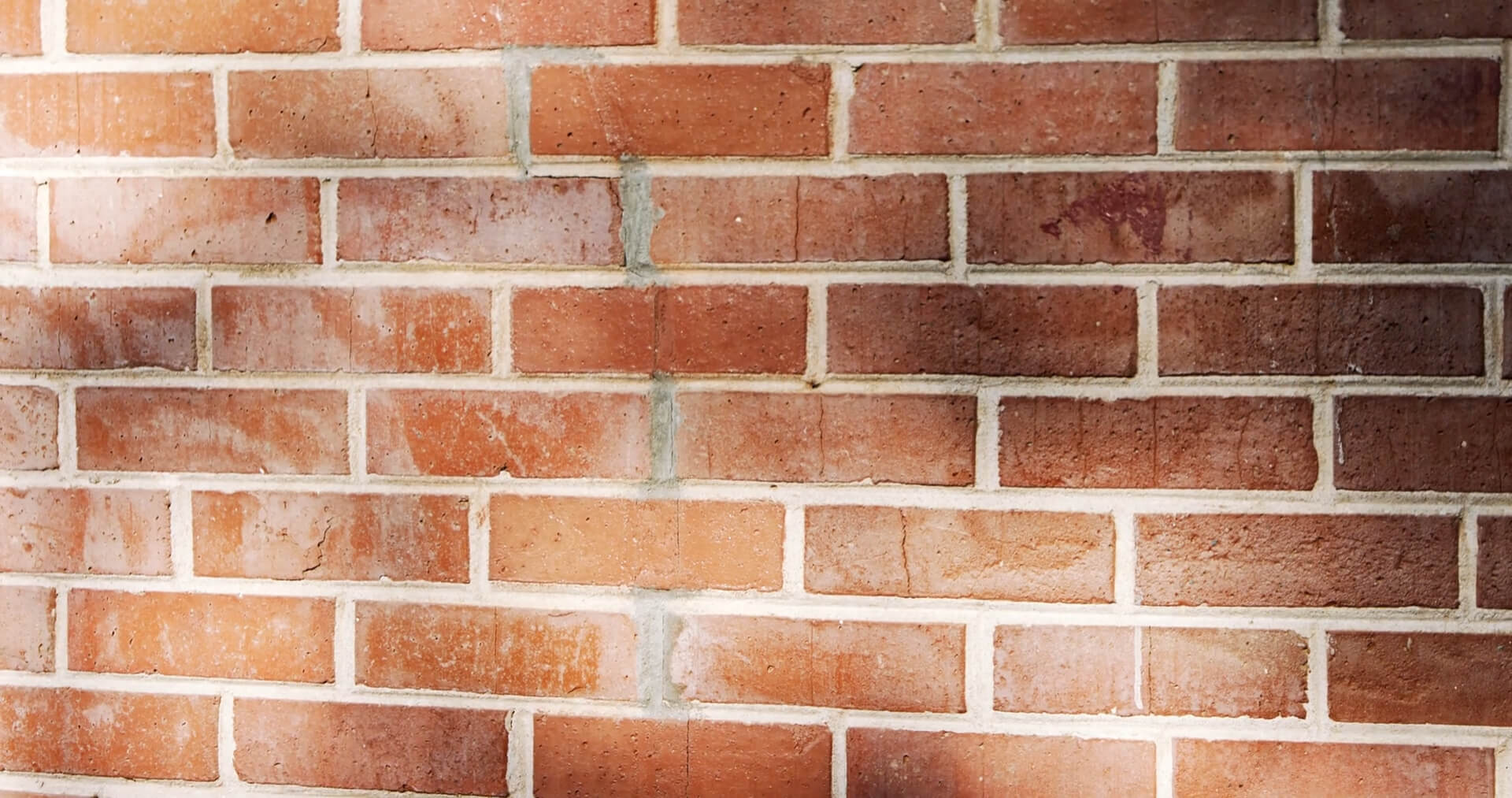
Durability and Low Maintenance
One of the main reasons people opt for brick facades is the material’s longevity. Brick is highly durable and can withstand extreme weather conditions. Unlike wood or vinyl siding, which may warp or crack over time, brick holds up well with minimal maintenance.
A properly installed and maintained brick facade can last for over a century. This durability translates into long-term savings on repairs and upkeep.
Also, read why Brick Siding is so popular in 2024.
Aesthetic Flexibility
Brick comes in a wide variety of colors, textures, and sizes, making it versatile enough to match any architectural style. Whether you’re going for a rustic, modern, or traditional look, there’s a type of brick that fits the bill.
You can even combine brick with other materials like stone or siding to create a layered, dynamic look.
Key Factors to Consider When Designing a Brick Facade
When planning your brick facade, several factors come into play to ensure both aesthetic appeal and functionality.
1. Material Combinations
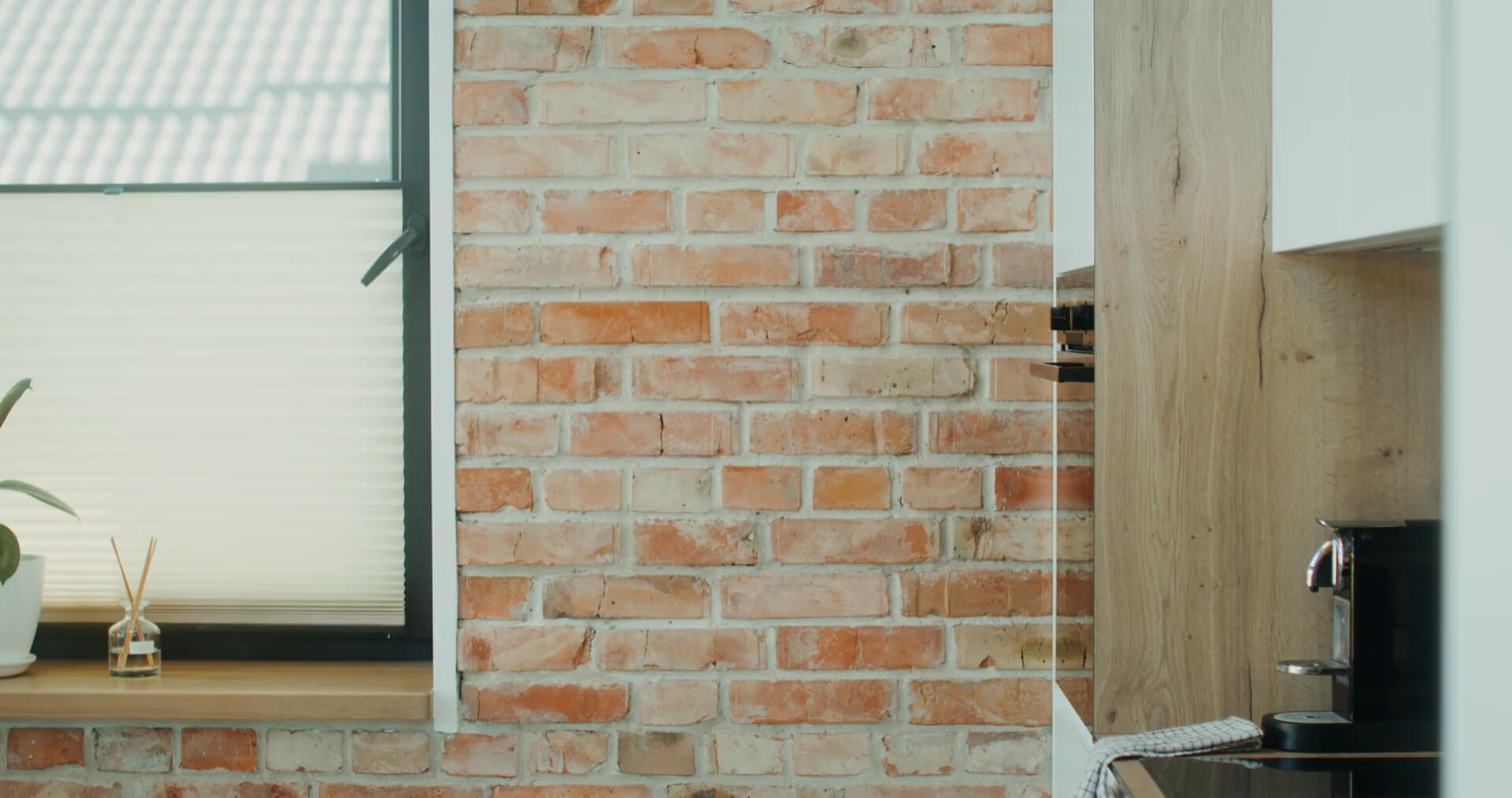
Combining brick with other materials, like fiber cement siding or stone, can enhance your home’s look. Brick alone can feel too uniform or heavy for some styles, but mixing it with other materials allows you to introduce variety.
Be sure to read our guide for choosing and installing brick paneling.
For example, using brick for the lower part of the home and fiber cement siding for the upper sections can create a visually appealing contrast.
| Material | Description | Durability | Best Used For |
|---|---|---|---|
| Fiber Cement | A durable, weather-resistant siding alternative | High | Upper walls, accents |
| Stone | Adds texture and weight to the design | Very High | Columns, lower walls |
| Vinyl Siding | Affordable and lightweight, but less durable | Moderate | Accent areas |
| Stucco | A smooth finish that complements brick | Moderate | Upper sections, decorative areas |
2. Color Selection
The color of your brick plays a crucial role in the overall aesthetic of your home. Red bricks are classic, but lighter colors like tan or gray can give your home a more contemporary look.
Darker bricks, such as deep brown or black, create a dramatic, modern appearance. You should also consider how the brick color will work with your roof, window frames, and door colors.
When mixing brick with other materials, ensure the color combinations are complementary. For example, red brick pairs beautifully with warm neutral tones, while darker brick works well with lighter shades like gray or white.
3. Texture and Pattern
Brick is not just about color—it’s also about texture. You can choose between smooth, rough, tumbled, or even reclaimed bricks, depending on the look you want. Some bricks have subtle imperfections that add character and a rustic charm, while smooth bricks give a cleaner, more modern feel.
The pattern in which you lay the bricks also makes a significant difference in the final appearance. Common patterns include:
- Running Bond: The most traditional pattern, with each brick offset by half a brick from the row above.
- Stacked Bond: Bricks are stacked directly on top of one another, creating a grid-like appearance.
- Herringbone: A more complex pattern, often used for walkways or accent walls.
4. Energy Efficiency
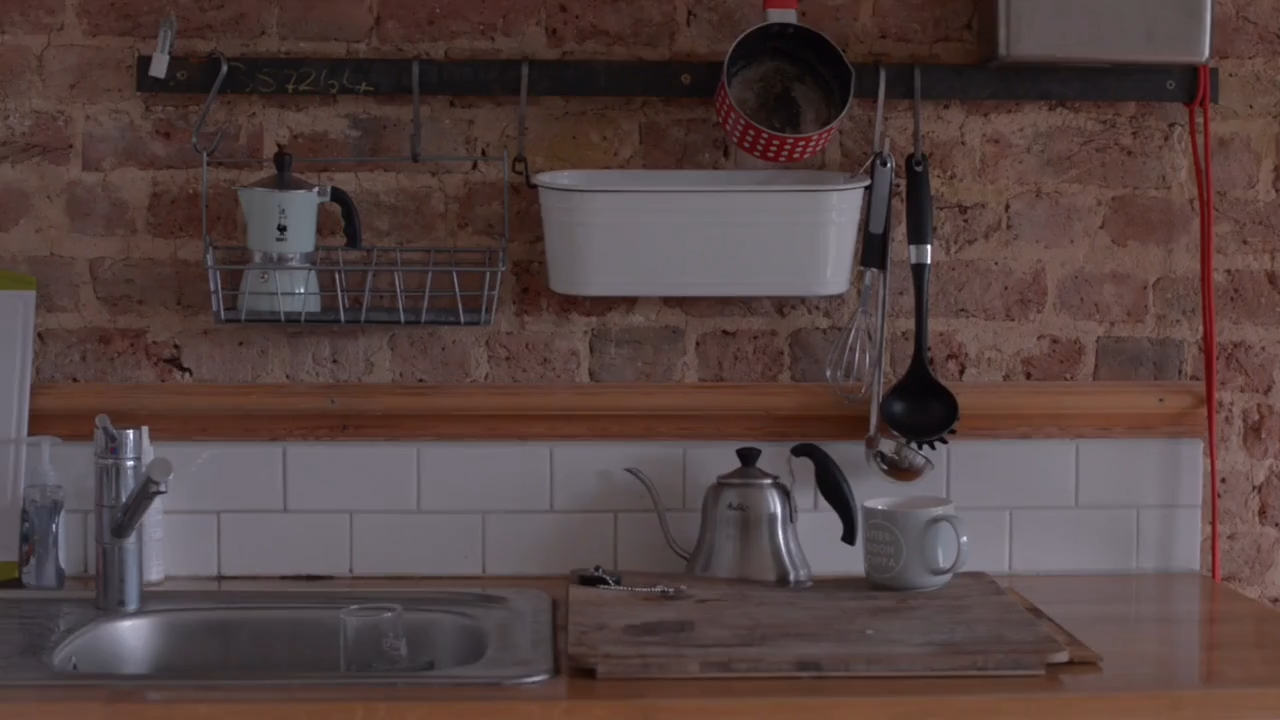
Brick isn’t just for looks—it’s also highly energy-efficient. Thanks to its thermal mass properties, brick helps regulate the temperature inside your home. This means your house will stay cooler in the summer and warmer in the winter, helping you save on energy costs.
To maximize energy efficiency, you can also incorporate passive design elements like strategically placing windows and using proper insulation. Solar shading can further reduce energy use by blocking direct sunlight during the hottest part of the day.
5. Sustainability
If you’re concerned about the environmental impact of your building materials, brick is a great choice. Many bricks are made from natural, abundant resources like clay and shale.
Additionally, they are often produced locally, reducing transportation emissions. Brick is also recyclable, and old bricks can be repurposed for new projects.
6. Cost Considerations
Brick facades are more expensive than some other materials like vinyl or wood, but the investment pays off in the long run. The durability, low maintenance, and energy savings associated with brick more than makeup for the initial cost.
Design Tips for a Stunning Brick Facade
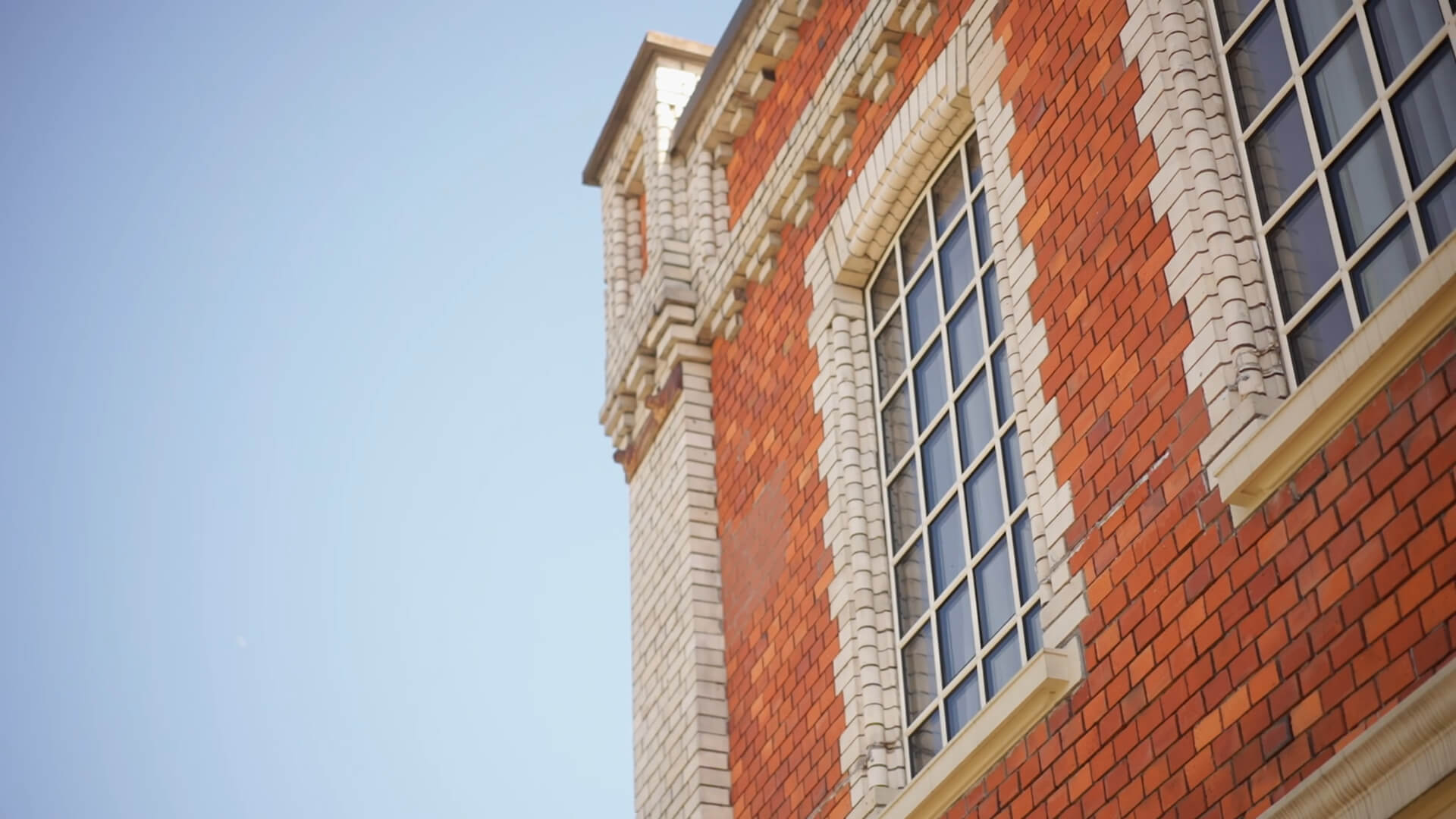
Use Brick as an Accent
One of the most popular ways to use brick is as an accent rather than the primary material. For instance, you can use brick around entryways, windows, or even as a low wall around the foundation of your house.
Combining brick with other materials like wood or fiber cement siding adds texture and depth, helping the design stand out.
Incorporate Different Brick Styles
Another great way to make your brick facade more interesting is by mixing different brick styles. You might use smooth bricks for the majority of the facade but switch to textured bricks for certain areas like around the front door or windows.
Add Decorative Brickwork
Decorative brickwork, like corbelling (where bricks protrude slightly from the wall) or soldier courses (bricks laid vertically), can add visual interest to your facade. These details break up large expanses of brick, preventing the facade from looking too monotonous.
Match Brick with the Roof and Windows
Your brick facade won’t stand alone—it will interact with other exterior elements like your roof and windows. Be sure to choose colors and materials that complement each other.
For instance, if you have a red brick facade, dark gray or black shingles can add a sleek contrast.
| Brick Color | Roof Color Suggestions | Window Frame Colors |
|---|---|---|
| Red Brick | Dark Gray, Black | White, Black |
| Light Gray Brick | Charcoal, Slate Blue | Black, Dark Wood |
| Dark Brown Brick | Light Gray, Beige | White, Gray |
| Tan Brick | Brown, Warm Gray | White, Earth Tones |
Consider the Landscape
Your brick facade should complement not just your home, but also the surrounding landscape. Planting greenery that contrasts with the brick can make your house stand out even more. For example, bright flowers and shrubs planted in front of a dark brick wall can create a striking visual effect. If you have lighter brick, consider adding darker plants to create depth.
Maintenance and Care for Brick Facades
Cleaning Brick Surfaces
Even though brick is low-maintenance, it still requires occasional cleaning to maintain its appearance. You can clean most brick surfaces with a simple mixture of water and mild detergent.
For tougher stains, consider using a specialized brick cleaner. Avoid using high-pressure water, as it can damage the brick.
Sealing Brick
To prevent water damage and staining, it’s a good idea to seal your brick facade every few years. This is particularly important if you live in an area with heavy rainfall or snow.
Inspecting for Damage
Although brick is highly durable, it’s still a good idea to inspect your facade regularly for signs of damage, such as cracks or missing mortar. These issues should be addressed quickly to prevent further deterioration.
FAQs
What is the cost of installing a brick facade?
The cost of installing a brick facade varies depending on the size of the project, the type of bricks used, and labor costs in your area. On average, brick facades can cost between $10 to $15 per square foot for materials and installation.
How do I maintain a brick facade over time?
Maintaining a brick facade involves regular cleaning with water and a mild detergent, sealing it every few years to prevent water damage, and inspecting for cracks or missing mortar. Proper maintenance can extend the life of the brick facade significantly.
Can I use brick veneer instead of solid brick for my home?
Yes, brick veneer is a great alternative to solid brick. It offers the same aesthetic appeal but is lighter and less expensive. Brick veneer is applied as a single layer over the home’s structural walls, making it a popular choice for renovations.
How does a brick facade affect home insulation?
Brick facades contribute to better insulation due to their thermal mass, which helps maintain indoor temperatures. When combined with proper insulation behind the brick, this can result in energy savings throughout the year.
Is it possible to paint a brick facade?
Yes, you can paint a brick facade, but it’s important to use the right kind of paint designed for masonry. Once painted, brick will require regular maintenance and repainting over time, as paint can chip or peel in extreme weather conditions.
Last Words
Designing the perfect brick facade for your home requires a thoughtful approach that balances aesthetics, durability, and functionality.
By choosing the right brick color, texture, and pattern, and complementing it with other materials and architectural elements, you can create a home exterior that is both beautiful and long-lasting.
